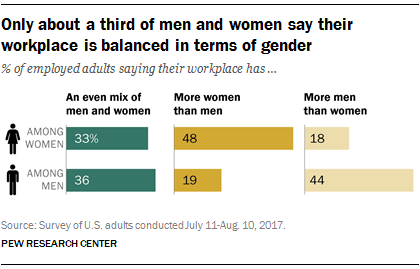Equality for All Workers
Equality in the workplace is a fundamental human right. It means that all workers, regardless of their race, gender, religion, sexual orientation, disability, or any other protected characteristic, should be treated fairly and have equal opportunities.
There are many benefits to having an equal workplace. For one, it can help to improve productivity. When workers feel valued and respected, they are more likely to be engaged in their work and to produce high-quality results. Additionally, an equal workplace can attract and retain top talent. Employees are more likely to want to work for a company that values diversity and inclusion.
There are a number of things that employers can do to create an equal workplace. These include:
- Adopting non-discrimination policies. These policies should be clear and easy to understand, and they should be enforced consistently.
- Providing training on equality and diversity. This training should help employees to understand their rights and responsibilities, and to develop the skills they need to create an inclusive workplace.
- Monitoring the workplace for signs of discrimination. This can be done through employee surveys, exit interviews, and other means.
- Encouraging employees to report discrimination. Employees should feel comfortable coming forward if they experience discrimination, and they should be confident that their complaint will be taken seriously.
Creating an equal workplace is not always easy, but it is essential. By taking steps to ensure that all workers are treated fairly, employers can create a more productive, successful, and inclusive workplace for everyone.
Here are some additional tips for creating an equal workplace:
- Be mindful of your language. Avoid using terms or phrases that could be seen as discriminatory.
- Be aware of your unconscious biases. Everyone has unconscious biases, but it's important to be aware of them so that they don't affect your decision-making.
- Create a culture of belonging. Make sure that all employees feel welcome and valued, regardless of their background.
- Celebrate diversity. Highlight the different perspectives and experiences that your employees bring to the table.
Equality in the workplace is a journey, not a destination. It's important to be constantly learning and evolving. By taking steps to create an equal workplace, you can make a difference in the lives of your employees and your company.
Individual perspective on equality for all workers:
- Share personal stories. One way to bring the issue of equality to life is to share personal stories from people who have experienced discrimination in the workplace. These stories can help to raise awareness of the issue and to show how it can impact people's lives.

- Interview employees. Another way to get an individual perspective on equality in the workplace is to interview employees from different backgrounds. This can help to get a sense of their experiences and their views on what needs to be done to create a more equal workplace.

- Use data and statistics. In addition to personal stories and interviews, it's also important to use data and statistics to support the argument for equality in the workplace. This can help to show the scale of the problem and to make the case for change.

Gender Discrimination Statistics
Here are some examples of individual perspectives that could be shared in the article:
- A woman who was passed over for a promotion because she was pregnant.
- A person of color who was told that they were "not a good fit" for a job because of their race.
- A person with a disability who was denied access to a job because of their disability.
These are just a few examples, and there are many other individual perspectives that could be shared. By sharing these stories, we can help to raise awareness of the issue of equality in the workplace and to show how it can impact people's lives.
In addition to sharing personal stories, it's also important to talk about the specific challenges that different groups of people face in the workplace. For example, women often face discrimination in terms of pay, promotions, and opportunities for advancement. People of color may face discrimination in terms of hiring, training, and treatment on the job. And people with disabilities may face discrimination in terms of access to jobs, accommodations, and opportunities for advancement.
By talking about these specific challenges, we can help to raise awareness of the different ways that discrimination can manifest itself in the workplace. This can help to create a more informed discussion about how to address the issue of equality in the workplace.
Finally, it's important to remember that equality in the workplace is not just about preventing discrimination. It's also about creating a workplace where everyone feels welcome, valued, and respected. This means creating a culture of inclusion where everyone feels like they belong.
By sharing individual perspectives, talking about specific challenges, and focusing on inclusion, we can help to create a more equal and inclusive workplace for everyone.

![[ℕ𝕖𝕧𝕖𝕣] 𝕊𝕖𝕝𝕝 𝕐𝕠𝕦𝕣 𝔹𝕚𝕥𝕔𝕠𝕚𝕟 - And Now What.... Pray To The God Of Hopium?](https://cdn.bulbapp.io/frontend/images/79e7827b-c644-4853-b048-a9601a8a8da7/1)

















































